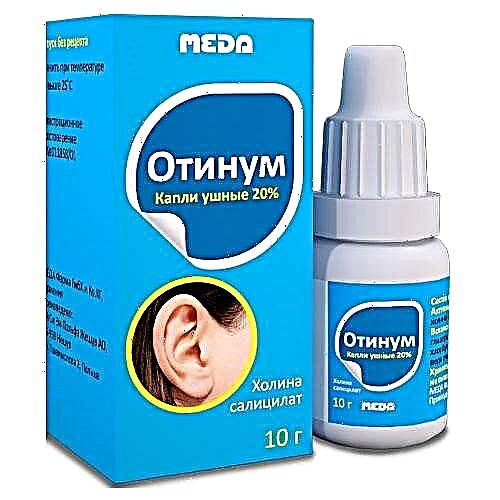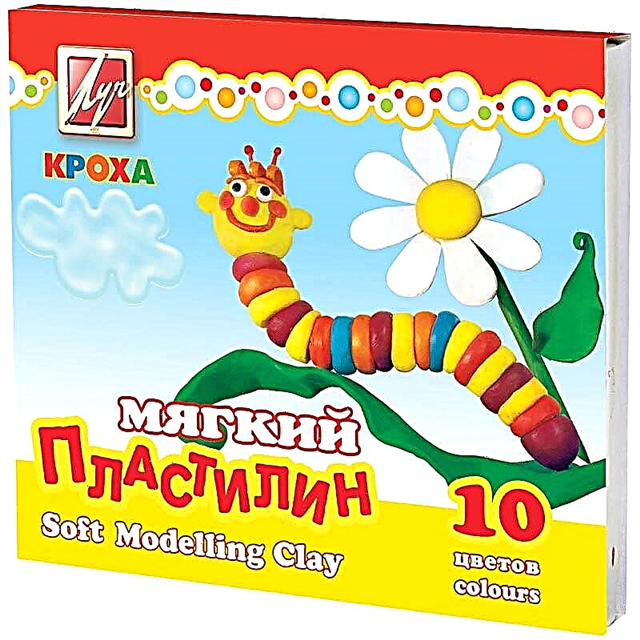Chickenpox, better known to parents as chickenpox, is considered primarily a childhood disease. And this is no accident. Most of us have had it as a child, and only a small percentage of the adult population gets chickenpox. Moreover, adults tolerate it harder than children.
Chickenpox disease was named because of the high infectivity (volatility) of the virus, it can be said to be carried by the wind. The main distinguishing feature of infection is a specific chickenpox rash, the appearance of which is accompanied by a rise in temperature and unbearable itching. All this, and especially itching, gives the child considerable discomfort. It is unlikely that the baby will be able to hold on and not scratch the itchy rash. Combs that appear on the skin are excellent conditions for pathogenic bacteria that cause pustular diseases. That is why special attention must be paid to hygiene. Many mums and dads, who understand the importance of hygiene procedures, are interested in whether it is possible to swim with chickenpox. It depends on the course of the disease and the well-being of the baby.
When is swimming allowed?
Treatment for chickenpox is mainly local. It consists in the treatment of all elements of the rash with antiseptics, only in case of severe course antiviral agents are prescribed. As for the issue of bathing, here the opinions of doctors differ.
More recently, pediatricians did not allow mothers to bathe children who are sick with chickenpox until the last crust falls off. Doctors believed that taking a bath or shower contributed to the spread and increase of the rash, as well as the deterioration of the general condition of the child. But due to the fact that science does not stand still, today the effect of the virus on the body and the mechanism of development of chickenpox have been studied in more detail. Therefore, it is safe to say that bathing a child is possible and even beneficial, subject to certain conditions, although some old school doctors still prohibit washing.
But European doctors recommend short-term water procedures for patients with chickenpox several times during the day, believing that they have a beneficial effect on the course of the disease.
How to redeem a baby if he has chickenpox?
Almost every child loves to swim and the absence of water procedures for 7-10 days, while the rash lasts, deprives him of positive emotions, which are so lacking during illness. Bathing reduces itching, soothes, dries rashes and improves the well-being of the child. If chickenpox proceeds without complications, and there is no temperature, then it will only benefit. In order for bathing not to be harmful, you must follow a few simple rules:
- Prepare a decoction of herbs that have an antiseptic, soothing, drying and relieving itching effect (chamomile, oak bark, string). Add it to the water while bathing. In the absence of medicinal herbs, a slightly pink solution of potassium permanganate is well suited for this purpose.
- For bathing babies, use baths, older children can be bathed in the shower.
- Don't make the water hot. You shouldn't steam your child. The water should be pleasantly warm to wash away sweat, relieve itching, and lift your mood.
- Do not get carried away or prolong your bathing. 5 - 10 minutes will be enough. But you can wash yourself several times a day (3 - 4).
- Do not rub the elements of the rash with a washcloth or sponge. Damaging them can lead to infection, and scars that are removed by force can leave scars on the skin.
- Ordinary baby soap works best as a detergent. They can wash a child no more than 2 times during the entire period of the disease. For the rest of the baths, use only water.
- After completing the procedure, thoroughly dry the baby's skin by gently blotting it with a soft towel or diaper, which must be changed after each bath.
- After the skin is completely dry, treat every speck, bubble and crust with an antiseptic (greenery, fucorcin, 5% potassium permanganate solution). Put on clean underwear.
Important! To prevent your child from getting an infection when scratching, trim their nails short. You should also wash your hands more often than usual.
These rules, which are not difficult to follow, allow you not to abandon water procedures and maintain a clean body, minimizing the risk of infection.
You can swim the way you like, taking with you your favorite washcloth, gel and bath foam, when there is not a single crust left. Just don't overdo it. Do not splash too long. The body has not yet fully recovered, and the immune system is weakened after an illness.

When is it contraindicated to swim with chickenpox?
Despite the fact that baths for chickenpox reduce itching, some children are still not recommended to bathe, so as not to worsen the course of the disease.
Swimming is prohibited:
- When the temperature is high. Even a slight increase in it is a contraindication.
- In the presence of purulent eruptions.
- With a severe course of chickenpox and the development of complications.
In almost every child, in the first two days of the onset of the disease, the temperature rises high and holds. At this moment, the child should be in bed, and of course it is not worth washing him. If the temperature persists throughout the illness, you should refrain from bathing until you recover. In this case, you can only wipe the baby with a soft, damp cloth. It will be possible to fully bathe when the disease recedes and the temperature returns to normal.
The child should be washed daily, even if bathing is prohibited. With chickenpox, rashes are located throughout the body and often appear in the genital area, and in the absence of hygiene, the skin and mucous membranes become irritated and inflamed. To prevent this from happening, wash your baby with decoctions of chamomile or oak bark every day. They reduce the intensity of itching, relieve irritation and disinfect, preventing the development of inflammation.

Is it possible to visit the bathhouse?
You can take a shower or a bath with chickenpox. But it is better to refrain from visiting the bathhouse. Hot, humid air can aggravate the disease and worsen the condition of the child. The affected skin is easily injured by high temperatures, and the risk of infection and scarring increases significantly. Therefore, it is possible to wash in the bath only after the complete restoration of the skin.
Is it possible to swim in the river with chickenpox?
During the summer holidays, parents of babies with chickenpox ask if they can swim in rivers, lakes and other open bodies of water.
If the baby does not have fever and feels good, then bathing will not harm him. However, pediatricians are not allowed to visit crowded places with chickenpox, since this disease is very contagious. And in summer, the beach is always full of people. Therefore, responsible parents who do not want healthy children and adults who were not sick in childhood to become infected will not take a sick child to the beach.
In addition, when there are many rashes, and the child is constantly itching, his skin is injured, and there is a risk of additional infection and suppuration of the elements of the rash. Unfortunately, the purity of water in our reservoirs is highly questionable. Given this fact, pediatricians do not recommend bathing in them for chickenpox.
Some tips to help relieve chickenpox
It will be easier for both a child and an adult to tolerate chickenpox if:
- the house (apartment) is not too hot. When the house is very warm, you sweat more and more often, and this increases the itching;
- bed linen and home clothes are made of natural fabrics (cotton, linen). They allow the skin to breathe. Synthetics are irritating and only increase the itching. In addition, it does not allow air to pass through, so the body sweats, and the discomfort increases. Don't forget to change your laundry daily;
- drink more. This helps to eliminate intoxication;
- in the presence of rashes in the mouth, rinse your mouth with a solution of chamomile or furacilin as often as possible;
- take antihistamines when the itching becomes unbearable. The doctor selects the drug and dosage;
- treat the rash 3-4 times a day. So it dries out faster and does not become infected.

How chickenpox proceeds was first described by Italian doctors in the 16th century. And the cause of the disease was identified only in 1958.
In a child who has had chickenpox, the virus - the culprit of the disease, settling in the nerve cells, remains in the body for life. That is why 99% of the population gets sick once in a lifetime, and only a small percentage of people (1%) get sick again. A dormant virus in the body, with weakening of the immune system, can be activated and cause shingles.
The chickenpox vaccine has been around since 1994. In Russia, it became available only in 2009, but it was never included in the vaccination schedule. Developed countries (Japan, USA) introduced the vaccine into the childhood immunization program and have been using it successfully for over 10 years. Japanese scientists have found that immunity after vaccination lasts for 10 to 20 years.

Conclusion
It is possible and necessary to bathe a child with chickenpox, if his condition allows. Although the disease is mild in most children, severe course and complications still occur. If you are in doubt and do not know whether to bathe your baby, consult your doctor. After examining the child and assessing his condition, he will resolve the issue of bathing, and you will know that you are doing the right thing, and water procedures will be beneficial, having a positive effect on the course of the disease.



